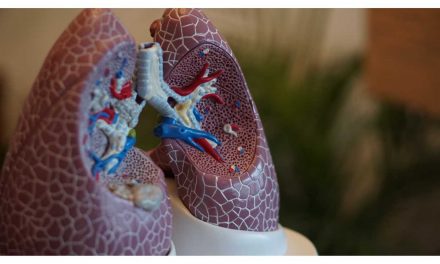Emergency responders are trained to apply proper first aid techniques to respond to each situation and provide the best chance of survival. Familiarize yourself with basic first aid CPR to respond effectively and quickly when someone suffers from a life-threatening illness.
The ever-present threat of an accident is enough to make anyone a little nervous. Whether you’re worried about being at the end of a car accident or responding to a medical emergency at work, it’s good to know how to administer CPR first aid.
With so many potential injuries or health complications, it’s essential to make sure you follow the proper steps and protocols. The sooner you can treat a medical emergency, the better the outcome.
Read on to discover several real-world scenarios that require first aid CPR and why it’s so important to have on hand.
Electric shock events
Electrocution is a serious hazard because it can cause electrical shock, death, or severe injury. Knowing how to perform CPR can save someone’s life in case of electrocution.
The steps include assessing the person’s ABCs (airway, breathing, and circulation) and performing chest compressions and artificial respirations. It is imperative to call 911 immediately and make sure the person is lying on the ground.
drowning events
In the event of a drowning emergency, you must take immediate action. The rescuer must be aware of the need to completely submerge the person underwater and perform CPR first aid during transfer to land.
Assessment of the victim’s airway and breathing is essential to check for signs of life. If there are no signs of life, artificial respiration, and chest compressions should be applied until medical help arrives.
accidental suffocation
If someone suffers a choking accident and fainting, it is essential to act quickly and cautiously. Perform hands-only CPR if the victim is unresponsive and rub the mouth and tongue to clear any potential obstruction. It is critical to provide a caring and appropriate environment for those who may be at risk.
Always remember that you must have a certification before carrying out this procedure. And explore new knowledge.
Lack of response from a person.
With a medical professional, the rescuer can provide basic CPR. Check for signs of circulation, such as respiration and pulse. If there are none, perform chest compressions by placing the palm of one hand directly on the center of the chest and pressing down about two inches.
After 30 compressions, pause to give two rescue breaths. If the victim is still unresponsive, perform another round of CPR until help arrives or the victim’s circulation is restored. When providing first aid to a person, safety is the primary concern.
Learn About First Aid CPR
No one can predict an emergency, so preparation is essential for CPR first aid. A thorough understanding of these things can make all the difference when needed. Take the time to make sure you’ve mastered the basics of CPR and seek the appropriate certification if your workplace requires it.
Investing in first aid and CPR knowledge is an investment in your safety and community. If you’re looking for other great articles, check out the rest of the website.





